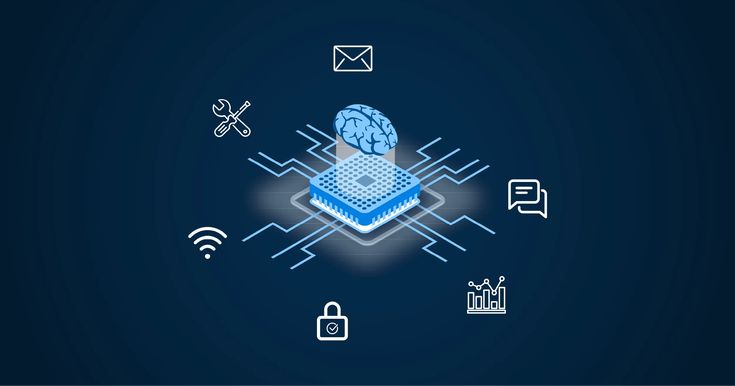Embedded systems have become the backbone of modern technology, powering everything from smart home devices to advanced automotive systems. If you’re starting out in this fascinating field, you might wonder: What is the one thing I should learn to excel in embedded systems?
The answer is Microcontroller Programming.
Why Microcontroller Programming?
At the heart of every embedded system lies a microcontroller. It acts as the brain of the system, controlling inputs and outputs based on the programmed instructions. Mastering microcontroller programming gives you the foundational knowledge to build, debug, and optimize embedded solutions. Here are some reasons why it’s the most crucial skill to learn:
- Core of Embedded Systems Microcontrollers are used in nearly every embedded device, from washing machines to drones. Learning how to program them allows you to understand how these devices operate and how to develop custom solutions.
- Versatility By learning microcontroller programming, you gain a skill set that can be applied to various industries, including healthcare, automotive, IoT, and consumer electronics.
- Problem-Solving and Optimization Programming microcontrollers teaches you how to write efficient code that optimizes power, memory, and performance — essential traits for embedded systems.
- Hands-On Experience Working with microcontrollers often involves practical experience with hardware and peripherals, giving you a holistic understanding of how embedded systems work.
What to Focus On in Microcontroller Programming
If you decide to dive into microcontroller programming, here are some key areas to focus on:
- Understanding Hardware Basics Learn about microcontroller architectures, registers, memory, and peripheral interfaces such as GPIO, ADC, UART, I2C, and SPI.
- Programming Languages Master C and C++, the most widely used languages for embedded systems. These languages allow you to interact directly with hardware while maintaining efficiency.
- Real-Time Operating Systems (RTOS) For more complex applications, learning about RTOS can help you manage tasks, resources, and timing effectively.
- Debugging and Testing Get familiar with debugging tools like JTAG, oscilloscopes, and logic analyzers. Testing is crucial to ensure your system functions as expected under different conditions.
- Popular Microcontroller Platforms Start with beginner-friendly platforms like Arduino to grasp the basics, then move on to more advanced ones like STM32, PIC, or ESP32 for professional-grade projects.
Beyond Microcontroller Programming
While microcontroller programming is the most important skill, you’ll eventually need to branch out into other areas, such as:
- Embedded Linux: For systems requiring more computational power and flexibility.
- Communication Protocols: Learn protocols like MQTT, CAN, and Bluetooth for IoT and automotive applications.
- Hardware Design: Understanding circuit design and PCB layout can give you an edge in developing complete solutions.
Conclusion
Embedded systems is a vast and ever-evolving field, but microcontroller programming is the cornerstone skill that sets you on the path to success. By mastering this, you not only build a strong foundation but also open doors to specialized areas within embedded systems.
Start small, experiment with projects, and gradually expand your knowledge. Whether it’s building a simple LED controller or developing a sophisticated IoT device, microcontroller programming is your gateway to becoming a proficient embedded systems engineer.

